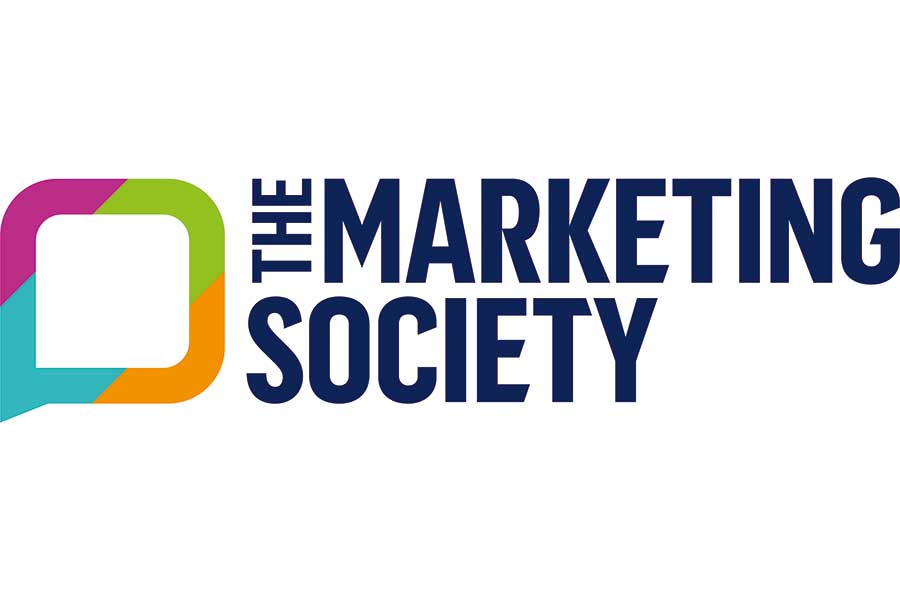AI opens up so many opportunities for marketers
Content
Since the launch of ChatGPT, generative AI has enabled many advertisers, that often struggle with resources, to automatically create content for ads, social and web. But next year, it’s going to get so much bigger, with all of the major platforms launching or enhancing products. Get ready to chat with Google and watch it automatically create ads for you. Text, images, layout, production….all at your command.
Search
Search is being transformed by AI. Google coined the term ‘key wordless AI’ last year and will be looking to drive real volume in AI search in 2024. Google’s Performance Max enables advertisers to find more users across Google’s platforms, and AI will increasingly be doing the heavy lifting on interpreting search queries and finding new audiences.
Optimisation
In 2024, more platforms will introduce AI-powered solutions to improve the effectiveness of campaigns running across their ecosystems. For example, Meta Advantage+ allows DR advertisers to upload campaign assets and its AI-powered tech then makes key decisions including adapting the creative, placements and audience targeting. As with search, AI requires advertisers to relinquish some control in order to benefit from automation.
Smarter media drives effectiveness and sustainability
All digital media has a CO2 footprint from processing, loading, data storage and so on. In 2024, we believe greater focus will be placed on the industry to reduce emissions from digital advertising. From a trading perspective, advertisers can look to ‘zero marketplaces’ that only include media owners with verified targets that support media decarbonisation. You can also use media carbon calculators to assess whether a campaign type will drive a disproportionate number of emissions.
But we believe that the real-world-media solution that all advertisers can embrace is smarter planning – better targeting with relevant advertising to reduce both wastage and CO2. Optimising for attention will also cut spend on inventory. Attention metrics make up for the discrepancies in how reach and frequency are calculated, and are a better indicator of whether people are genuinely engaging with advertising.
Advertising in a cookie-less, post-ID world
In Q1 2024, Google will finally begin its long-awaited deprecation of third-party cookies. To support the new era of ID-less advertising, Google has made Privacy Sandbox – its privacy-preserving alternative to cross-site tracking cookies – available to everybody.
There are several key things that advertisers can do to be ahead of the curve and embrace cookie-less advertising.
- Review and clean-up your CRM data as it will soon become more heavily used in paid advertising, whether for remarketing or building lookalike audiences.
- If you’re a Google advertiser, implement Consent Mode and Enhanced Conversions to track back to interactions with users who have previously declined cookies.
- Put aside a percentage of budget to test contextual advertising options.
- Look to leverage the benefits of mobile advertising. In general, mobile advertising does not depend on cookies but on mobile IDs.
- Explore Privacy Sandbox and assess Google’s new options.
The ecommerce market opens up for more brands
Social shopping will be a key growth area in ecommerce in 2024. On TikTok, SMEs can set up a TikTok Shop to sell directly within the app. You can create shoppable videos and enable shopping from LIVE broadcasts. On Instagram, you use Product Tags to make content shoppable, highlighting items from your range directly in videos and posts.
And while you might not want to sell via Amazon, you should consider advertising on the platform as it’s starting to outperform Google in search intent, with 55% of internet users going directly to Amazon to find products (BloomReach). Amazon’s Sponsored Display is its solution designed for all businesses,whether they sell in the Amazon store or not.
And think mobile – properly targeted it can be effective at driving ecommerce sales. Mobile is highly personalised, dynamic, measurable and based on people’s shopping behaviour. Crucially, you can target individuals via mobile programmatic platforms at specific locations at just the right time to drive consideration and purchase.
Cost of living crisis will continue to shape retail advertising
The cost-of-living crisis will continue to dominate people’s lives in 2024. This means that ongoing price re/evaluation will remain essential, together with focusing marketing actions and comms messaging to providing real help for people.
With less in their pockets, people will be more focused on just what they are getting from retail brands. Consumer will share their data, but only in exchange for genuine benefits, so ensure content is valuable and authentic, and that offers are relevant and meaningful.
And don’t make the mistake of thinking that all consumers are concerned with right now is what’s in it for them. Despite the spending crunch, consumers still care about brands’ commitment to sustainability and social responsibility. Collaborate with partners in the circular economy and help consumers make sustainable choices.










